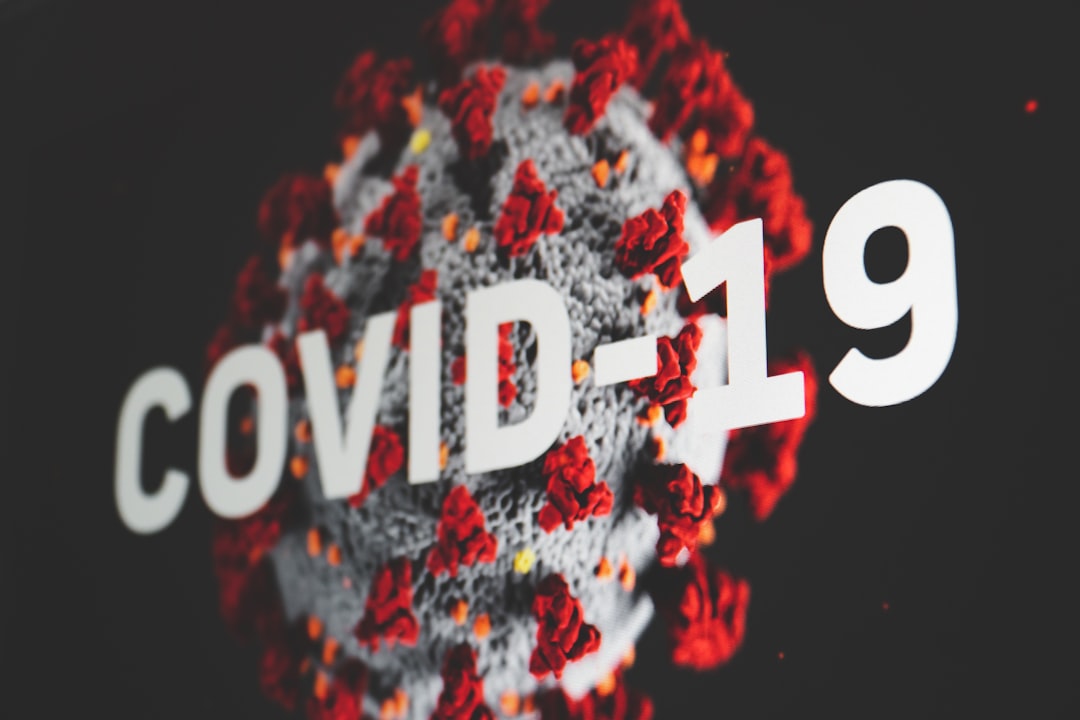What is it about?
Ammonia gas is a very useful product. Hence, industries are constantly finding ways to improve its production. One way to produce ammonia is the reduction of nitrates. This method has the added advantage of being good for the environment too! In this reaction, nitrates are reduced to ammonia and hydrogen gas with the help of catalysts. However, catalysts are mostly precious metals which are rare to find, and costly. Using cheaper metals as catalysts was not feasible. That is, until now. Recently, nitrate reduction has been done in a more economical way. This is by using transition metal phosphides like cobalt phosphide (CoP) as a catalyst. A new study uses this same principle. The authors use CoP nano rings to produce ammonia from nitrates. These tiny rings are made using common chemicals and simple reactions like oxidation and addition of phosphates. The resultant CoP catalyst had several active sites and a high surface area. Thus, it could help produce ammonia and hydrogen at high rates.
Featured Image

Photo by Girl with red hat on Unsplash
Why is it important?
Ammonia is used to make fertilizers and multiple products of commercial value. Currently, ammonia is mostly being produced via the “Haber-Bosch process” from nitrogen present in the air. However, this process consumes a lot of energy and uses natural gas as a source of hydrogen. Nitrate reduction, on the other hand, can be done using renewable sources of energy. Cheap, effective catalysts for this reaction will further reduce energy costs, fossil fuel use, and greenhouse gas emissions. Their use can change the way ammonia is produced. KEY TAKEAWAY: Nano rings of CoP are cheap, efficient, and highly stable catalysts. They can improve the production of ammonia from nitrate.
Read the Original
This page is a summary of: Cobalt phosphide nanorings towards efficient electrocatalytic nitrate reduction to ammonia, Chemical Communications, January 2021, Royal Society of Chemistry,
DOI: 10.1039/d1cc04952f.
You can read the full text:
Contributors
Be the first to contribute to this page










